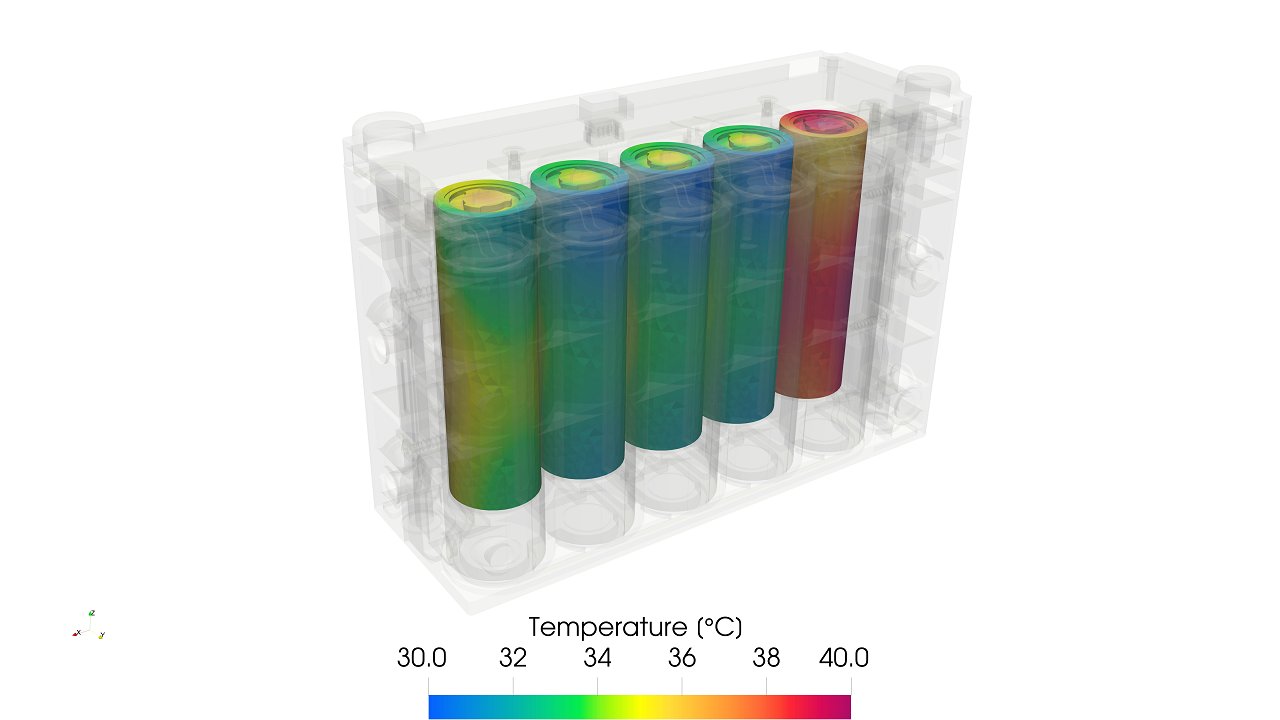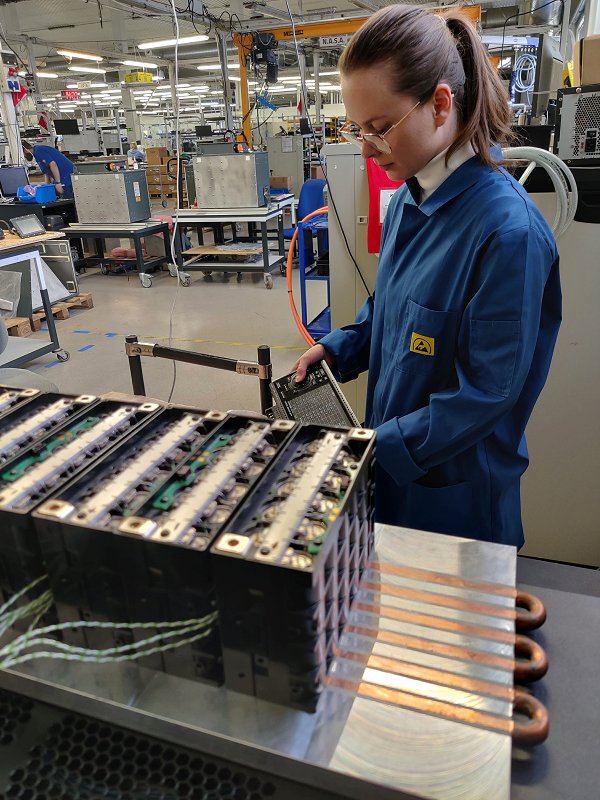Accelerating CFD Simulation of Immersive Battery Cooling
Automotive battery packs are nowadays mostly cooled by cooling plates. Cutting edge applications, however (especially for rapid charging), require using immersive cooling. In rapid charging of battery packs, up to 50 kW of thermal energy must be dissipated. Cold plate cooling is insufficient to fulfill this requirement. That's why it's important to provide SME manufacturers with tools that allow designing immersed cooled battery packs quickly with the use of cloud-based simulations. Thus shortening the design process and lowering its costs.
SECTOR: Manufacturing, Energy, Automotive
TECHNOLOGY USED: HPC, CFD Simulations
COUNTRY: Poland
The challenge
Battery pack manufacturers, such as Wamtechnik - the end user of the solution developed in the experiment – typically rely on prototyping and experimental testing to develop new designs. However, this approach is both time and resource-consuming. At the same time, such companies seldom use general purpose CFD applications for simulating immersive cooling of battery packs since it is a computationally demanding and time-consuming task, especially when considering transient phenomena and temperature-dependent material properties. In addition, the geometrical complexity of such battery packs makes meshing, and other preprocessing tasks a tremendous challenge.
The goal of the experiment is to develop a dedicated solution for simulating immersive cooling of battery packs that is faster than conventional CFD simulations, both in terms of simulation time as well as preprocessing, whilst retaining sufficient accuracy for industrial use. In addition, the developed solution has to enable the use of HPC to further shorten the computation time. Lastly, the software should be accessible to non-CFD professionals, such as battery pack designers, who are not familiar with CFD simulations and HPC.
The solution
The workflow is based on Q-Bat, a MATLAB application for thermal analysis of battery packs, developed by QuickerSim. The solution reduces the computational complexity of conjugate heat transfer cases by solving fluid flow and heat transfer in the battery pack separately.
QuickerSim developed a tool for importing and processing externally computed flow fields, as well as an automated tool for generating fluid flow cases for the open-source CFD library OpenFOAM. The latter tool was used to generate a large dataset of CFD cases, which were used to train a data-driven forced convection model. This was made possible thanks to the use of HPC for running the simulations. A workflow was introduced for using the imported flow field to model heat transfer within the coolant, as well as between the coolant and the battery pack components.
Business impact, Social impact, Environmental impact
For Wamtechnik, the developed simulation workflow can save considerable time and resources. Typically, due to manufacturing and testing of several prototypes in every design cycle, the total development cost amounts to approximately €60k/kWh. The developed simulation workflow enables Wamtechnik to test various designs concurrently, subsequently reducing the number of manufactured prototypes to only 1-3 for every design cycle. This allows them to reduce the development costs to approximately 48 k€/kWh, and shorten the development time by as much as 30%. Additionally, fewer prototypes mean a smaller environmental footprint.
For QuickerSim Automotive, the development of the immersive cooling workflow for Q-Bat opens new revenue streams, both in software license fees and consultancy services. In the past, sales were limited to companies developing battery packs with cooling plates or passive cooling. The new features will aid the adoption of Q-Bat by OEMs, and the e-mobility market in general, where the development of immersive cooling solutions for applications such as fast charging is growing rapidly.
Benefits
3-6 bullet points
- Using the developed simulation workflow and HPC resources reduces the development cost of battery packs from €60k/kWh to €48k/kWh.
- Testing a design modification by means of simulation can be achieved within a couple of days, as opposed to 1-2 weeks if all components are manufactured in-house or 3-4 weeks if they are manufactured externally.
- Adopting the developed simulation workflow can shorten a 2 year design cycle by as much as 7 months with an additional reduction in the number of battery prototypes needed.
- Physical prototypes cost approx. €2,000-2,500 per kWh, whereas the total HPC cost of simulating a battery pack does not exceed €250.
Organisations involved:
Simulations expert and ISV: QuickerSim Automotive
End User: Wamtechnik



